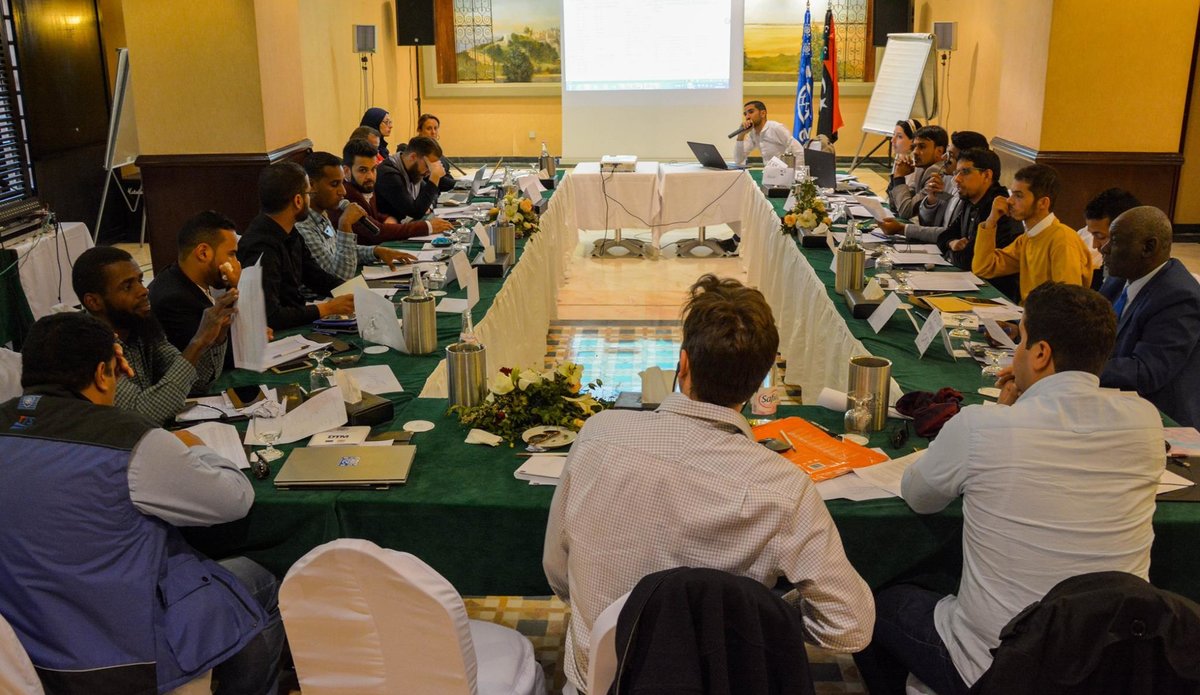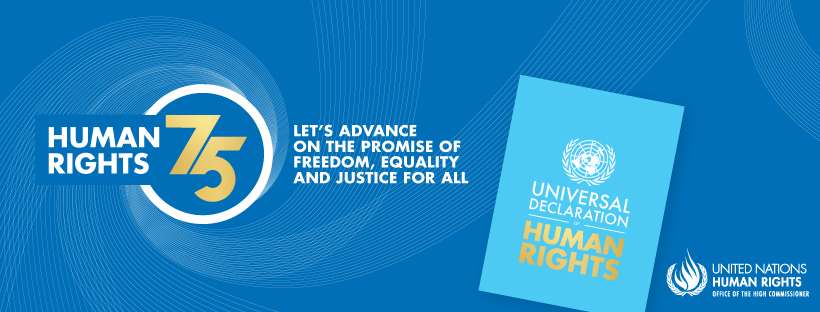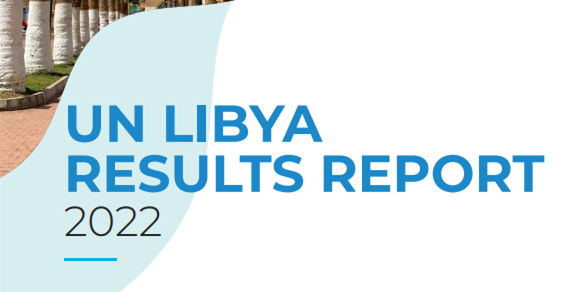DTM Libya holds coordination meetings, releases two migration reports
Libya - IOM’s DTM Libya program wrapped up two coordination meetings in Tunis on the 27 and 28 March for its Mobility Tracking and Flow Monitoring data collection teams. These were the latest in a series of activities and publications from the program in the last two weeks.
The meetings provided an opportunity for field enumerators and team leaders based in the East, West and South of the country to meet in person, exchange information, discuss challenges they face in their data collection efforts and work on solutions to overcome them and arrive at a representative picture of mobility and displacement dynamics in Libya. The meetings facilitated the exchange of innovative ideas and good practices for maintaining quality and accuracy in the data DTM collects.
As one of the team leaders noted, “there is a lot of incorrect information out there on the situation of migrants in Libya, and DTM reports help clarify the reality on the ground as it is.”
The two meetings come in tandem with two new publications released by DTM over the past week. The first, a brief migration analysis published on 24 March analyzes regional migration flows across Niger, Libya and Italy relying on data from DTM and the Italian Ministry of Interior.
DTM Libya followed with a Flow Monitoring Statistical Report published on March 27, presenting data on migrant flows in the country between 15 December and 15 February. This was the first report where data was collected using the prorgramme’s updated 2017 methodology, which gathers more granulated data on migrants at key Flow Monitoring Points.
The report tracks migrant flows within the country at key entry, exit and transit points for migrants. Data collected at each point includes the number of migrants present, migrant arrivals and departures observed, along with main nationalities, modes of transport used to arrive and depart, the last location where migrants came from and their next intended destination. Data was also collected on the length of stay of migrants at each point.
During the reporting period, 10,122 migrant arrivals and 11,091 migrant departures were observed across assessed Flow Monitoring Points in Libya. Findings indicate that 40% of migrants present had been at the observed points for 6 months or more. The majority of migrants were adult (97%) and male (97%). Of the minors observed, 60% were unaccompanied.
DTM Libya’s efforts have extended beyond displacement data. Capping 10 months of intensive work with Libya’s Central Bureau of Statistics, Ministry of Planning, OCHA and partner UN agencies, the programme helped develop an updated Common Operational Dataset for Libya. The dataset and associated files are available at https://data.humdata.org/dataset/admin-boundaries-villages-libya-cods
Co-funded by the European Union and DFID, Libya’s DTM regularly publishes data and reports on migration, displacement and return through Mobility Tracking and Flow Monitoring modules alongside a newly introduced biweekly Displacement Event Tracker dashboard.
For more information, contact Daniel Salmon, DTM Programme Coordinator, at dsalmon@iom.int or +216 29235097
 United Nations Peacekeeping
United Nations Peacekeeping UN
UN








